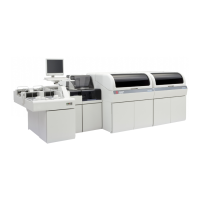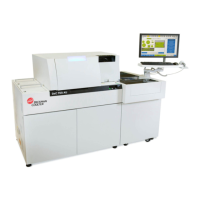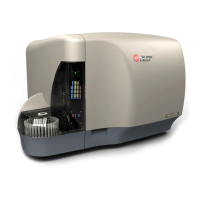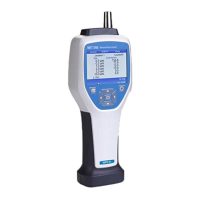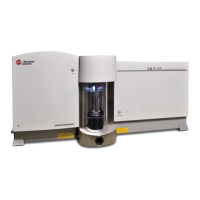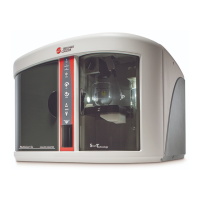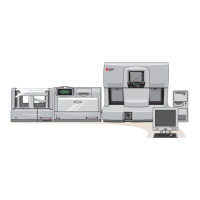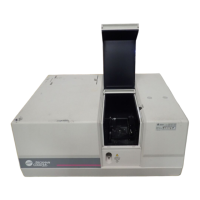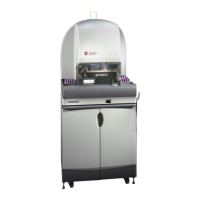Do you have a question about the Beckman Coulter AU2700 and is the answer not in the manual?
Explains how to requisition reagent blanks and calibrators for accurate analysis.
Details procedures for requisitioning and performing quality control samples.
Covers requisitioning tests for routine samples, including methods and host computer downloads.
Outlines essential daily, weekly, and monthly maintenance procedures for efficient operation.
Describes the necessary procedures for starting analysis from the Standby mode.
Guides on verifying QC results using daily variation, day-to-day variation, and twin plot charts.
Explains how to process priority/emergency samples using the STAT table or red rack.
Details procedures for stopping analysis or performing an emergency stop.
Covers essential safety guidelines for system use, preventing failures, electric shock, and personal injury.
Details precautions for operating the system safely and effectively, including Windows NT considerations.
Specifies conditions for installation sites, including environment, temperature, humidity, and space.
Details site requirements: sunlight, dust, flatness, vibration, floor load, power, and interference.
Specifies acceptable temperature (18-32°C) and humidity (40-80% RH) ranges for proper operation.
Provides dimensions and required space around the system for safe installation and maintenance.
Details power source requirements (voltage, power, distribution panel) and grounding.
Specifies requirements for deionized water supply and drainage facilities.
Explains the meaning and location of analyzer warning and caution labels.
Details how to perform reagent volume checks and manage reagent positions.
Enables display of results during analysis or real-time output, including STAT and ISE data.
Provides a list of previous alarms and system events for troubleshooting.
Shows the status of each position on the STAT table and QC/calibration status.
Allows setting system start parameters like index date/time, round, operator, and start numbers.
Covers requisitioning tests for normal analysis, including individual, batch, and host downloads.
Details entering individual sample information for routine, emergency, and STAT tests.
Explains how to perform repeat runs automatically, manually, or using the STAT table.
Guides on requisitioning and managing quality control samples and tests.
Covers requisitioning reagent blanks and calibrators for accurate analysis.
Enables confirmation of calibration status (passed, failed, expired) and recalculation.
Allows viewing calibration data, graphs, and adding comments.
Displays factors from previous calibrations, with options to modify display conditions.
Reviews current and past reagent blanks for troubleshooting, viewable on graph or data list.
Provides methods to confirm QC results by observing daily and day-to-day variations.
Enables observation of QC daily statistics and graphs, with options to add comments.
Allows comparison of average quality control data and graphs by index.
Displays QC points using standard deviation from the mean, showing two controls on one graph.
Allows editing of QC results and adding comments, with data displayed per sample or test.
Covers functions for editing results, flags, and adding search keys for data management.
Explains how to edit results and flags, with data displayed by sample or test.
Provides tools to recalculate data or correct results using multiplication or addition factors.
Defines report layout, information content, and page position for various report types.
Guides on performing calibration verification by analyzing standard materials.
Lists functions for data operation, analyzer maintenance, consumables, and periodic maintenance.
Lists and describes various maintenance functions for analyzer components.
Tracks replacement and supply periods of consumables for scheduling and observation.
Details maintenance items to be performed and if they were executed on time.
Provides tools for service personnel to test, reset, or move analyzer components.
Allows service personnel to test, reset, or move ISE components for troubleshooting.
Displays a list of previous alarms and screens accessed for determining common alarms.
| Brand | Beckman Coulter |
|---|---|
| Model | AU2700 |
| Category | Measuring Instruments |
| Language | English |
